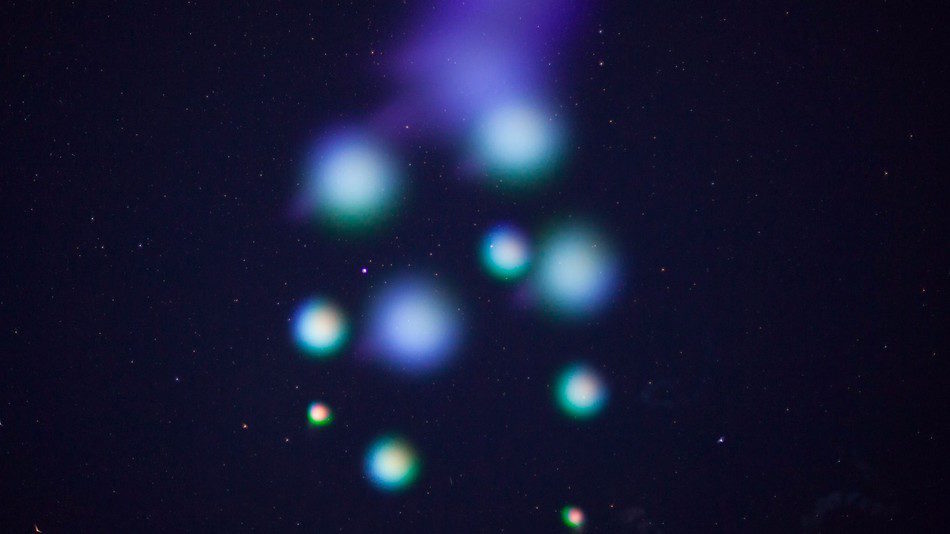OF THE
TIMES
Once at altitude, those canisters produced green-blue and red artificial clouds that should allow scientists to learn more about how particles move through space.LEO at best ... but really to see how particles fall to Earth .... the Chemtrails division must be demanding more efficient use
"We have about 50% of the world's wealth but only 6.3% of its population. This disparity is particularly great as between ourselves and the peoples of Asia. In this situation, we cannot fail to be the object of envy and resentment. Our real task in the coming period is to devise a pattern of relationships which will permit us to maintain this position of disparity without positive detriment to our national security. To do so, we will have to dispense with all sentimentality and day-dreaming; and our attention will have to be concentrated everywhere on our immediate national objectives. We need not deceive ourselves that we can afford today the luxury of altruism and world-benefaction."
~ US State Department, 1948
When I was born, the global population was a hair under 3 Billion, increasing at a rate of 1.7%. [Link] It was the end of an era for North...
Covid19 was a plandemic. It began as a psyop conflating flu with the new "covid". Most flu deaths disappeared in 2020, along with NO excess...
If the US denied agreeing to Rafah attack, then it is almost certainly true. Nothing is beneath it.
Testosterone levels have been dropping in the USA. [Link] This raises questions. What is causing it? Cell phone radiation, chemicals added to...
His best bet is to step down, but his greed won't allow it. [Link]
To submit an article for publication, see our Submission Guidelines
Reader comments do not necessarily reflect the views of the volunteers, editors, and directors of SOTT.net or the Quantum Future Group.
Some icons on this site were created by: Afterglow, Aha-Soft, AntialiasFactory, artdesigner.lv, Artura, DailyOverview, Everaldo, GraphicsFuel, IconFactory, Iconka, IconShock, Icons-Land, i-love-icons, KDE-look.org, Klukeart, mugenb16, Map Icons Collection, PetshopBoxStudio, VisualPharm, wbeiruti, WebIconset
Powered by PikaJS 🐁 and In·Site
Original content © 2002-2024 by Sott.net/Signs of the Times. See: FAIR USE NOTICE

Comment: Hmm... what else can NASA and other agencies do?